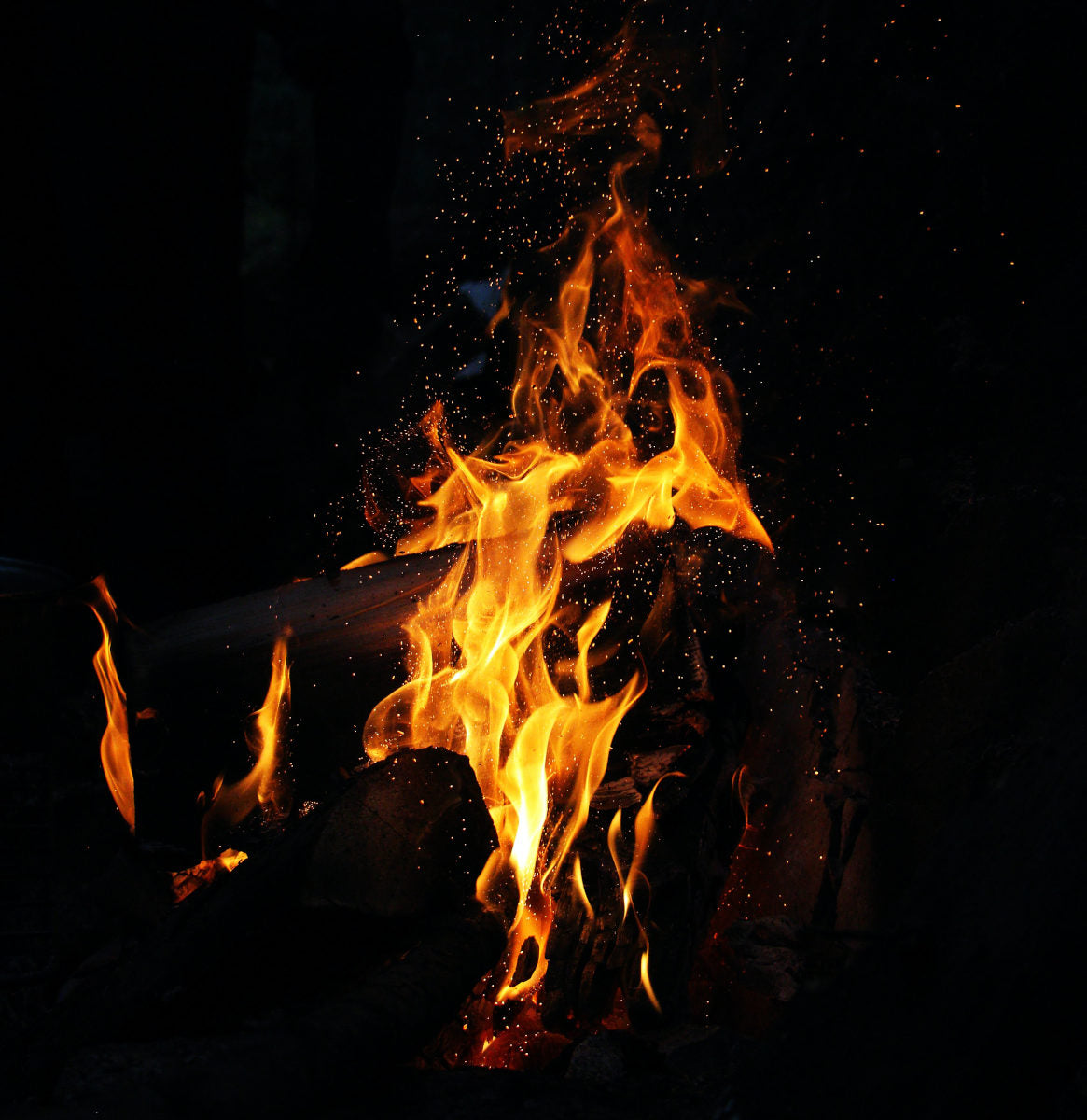Introduction
The pagan holiday Yule (or winter Solstice as it is also called) is one of the most important holidays in the Wiccan calendar. It's a celebration of the rebirth of the sun, and it occurs on December 21 if you're in the Northern Hemisphere. The winter solstice is one of the eight Wiccan Sabbats.
Celebrate Yule with fire and light
As a festival of light, Yule celebrations are full of candles, bonfires, and other ways to embrace and celebrate the light within us all. These bright lights symbolize the rebirth of the sun after its long slumber during winter months. In modern times, we don't think about why we light our fires—we just do it because it feels good! But this holiday tradition has its roots in ancient beliefs about nature and magic that have been passed down through generations for thousands of years.
Different ways to celebrate
- Give presents to loved ones. Just like the Christian holiday of Christmas, Wiccans enjoy giving gifts to friends and family members during Yule. Gifts, and especially for the children, bring out exactly the festive mood and joy that pagans seek during the winter solstice. The gift-giving tradition also allows pagans to share their love and light with one another by giving away something special. Unlike Christmas, however, the Wiccan Yule celebration does not necessarily have to involve gifts. Even if you don’t give gifts during Yule, there are plenty of other ways to celebrate with your family and friends.
- Reflection of the past year. Yule is a time of light, positivity and reassurance that the darkness will finally begin to leave us. It is a popular tradition among Wiccans to reflect and meditate (preferably in nature) to let go of old grievances and remember the finest moments of the past year. We give thanks for what we have received in our lives this far, and let go of any regrets or sorrows from last year so we can welcome new beginnings into our hearts.
- Yule log. Like many of the traditions we observe today, the yule log dates back to the pagans and Celts. A tree was cut down and then burnt over the 12 days of yule in order to help the sun God recover from illness and grow strong again. Today, Wiccans may celebrate by decorating a yule log with evergreen and solar symbols, placing it on their altar and/or placing it in the fireplace where it is allowed to burn.
- Battle between the Oak king and the Holly king. A legend from Celtic culture tells of an eternal struggle between two deities—the Oak King and the Holly King (or Winter-King). The Oak King is often associated with the sun, fire, summer; the Holly King with the moon, water, winter. These two forces are in constant opposition throughout nature (and life), but at Winter solstice and Summer solstice their struggle reaches its peak. It is not entirely easy to decide which of the oak king and the holly king wins the battle during the winter solstice. The outcome of the battle differs between different Wiccan traditions. During Yule celebrations, some Pagans will dress up as these two figures in order to reenact their struggle for power. The battle is followed by celebration with a feast and games.
- Decorate your altar. How you choose to decorate your altar is, as always, completely up to you and the mood you want to achieve. You can see these examples as inspiration: Since Yule is a sun celebration, many Wiccan choose to decorate with solar symbols and the color yellow or gold. Other common colors are blue, silver, green and red. Mistletoe, holly and evergreen are plants that often can be found on a Wiccan altar at Yule. Bells can be used to dispel negative energy, but they also have harmonizing properties. Bells are also believed to protect against evil spirits.
Conclusion
There are so many ways to celebrate Yule and it can sometimes be difficult to choose. Keep in mind that whatever you decide, there is no wrong way to celebrate Yule! Have fun, enjoy the time with family, friends, and loved ones, and reflect on what the season means to each of you.
There you have it! We hope that this has been a useful introduction to the wonderful holiday of Yule. If you have any questions, or want to share your own examples on how to celebrate Yule, don't hesitate to leave them in the comments below. Happy Winter Solstice and blessed be!

